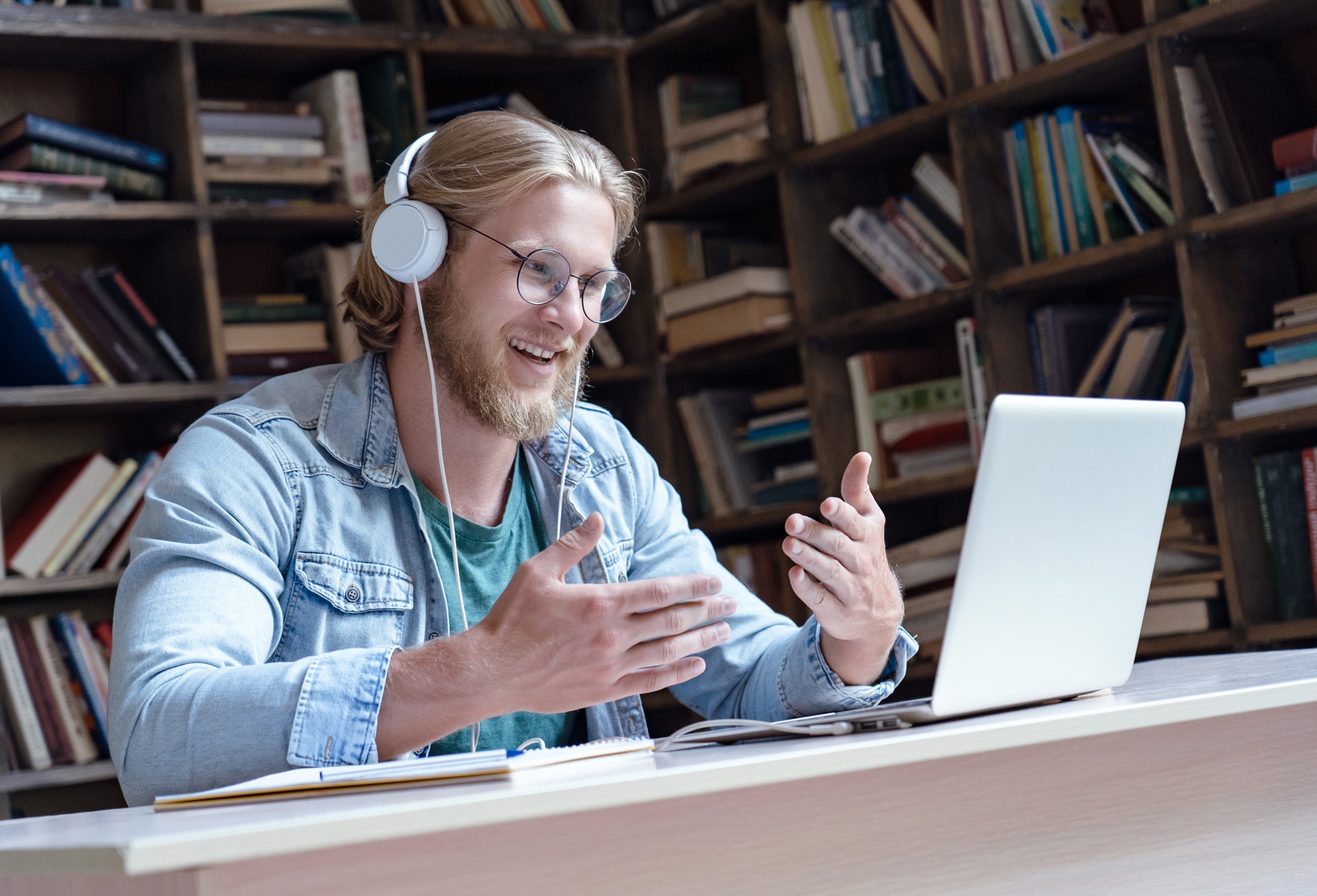There are many features to take advantage of on smartphones. For example, iPhones have headphone accommodations that amplify soft sounds and adjust frequencies tailored to your hearing, while video apps allow sign language to still be visible even if not in speaker view.
Life with hearing loss
If you’re experiencing hearing loss, maintaining self-esteem and confidence can sometimes be challenging. But there are many ways to get the support you need to embrace your newfound identity as a member of the hearing-loss community. Learn how to speak up for yourself, connect with others in similar situations, and make use of advanced hearing technology to improve your overall well-being.
In order to accept my hearing loss, I needed to stop pushing my frustrations away.



Learn to advocate for yourself
Hearing loss isn’t visible, which means people can’t see or understand when you’re unable to hear. Because of this, it’s very important that you speak up for yourself and ask for the resources you need. That could include requesting a seat in front, asking people to speak up, or requesting extra accommodations in non-accessible spaces.
Actions you can take:
Take an advantage of local vocational rehabilitation and assistance programs if you’re in the workforce or trying to enter*
Use Bluetooth® connectivity, captioning devices, video calls, and flashing home devices to your advantage
Know your rights for equal access

Find ways to accept your hearing loss
Learning how to go from coping with hearing loss to thriving with hearing loss is a journey. Once you can find that community of people you relate to, you’ll start to become more comfortable in your own skin, and with time, learn to accept your own unique identity as an individual with hearing loss.
Actions you can take:
Find a hearing loss community you can come to for support or encouragement
Get hearing aids that connect to devices to help you enjoy the things you love, like listening to TV and music
Get comfortable talking/being vocal about it, learn to enjoy it and laugh about the hilarious situation you find yourself in.
I think part of this journey is learning to love what society has seen as a flaw.



Take advantage of assistive technology
Recently, companies have made significant advances in assistive technology, ensuring their products are as accessible as possible to those with hearing loss.
Accessible features on smartphones and more
Hearing aids that connect to devices
Phonak’s Roger system can stream sound from a remote microphone directly to your hearing devices, improving your hearing performance in noisy settings or over distance. From classrooms to the office, to spending time with friends, you can feel relaxed in any listening situation with the help of Roger technology.
You may also like:
Footnotes
* Country specific program

